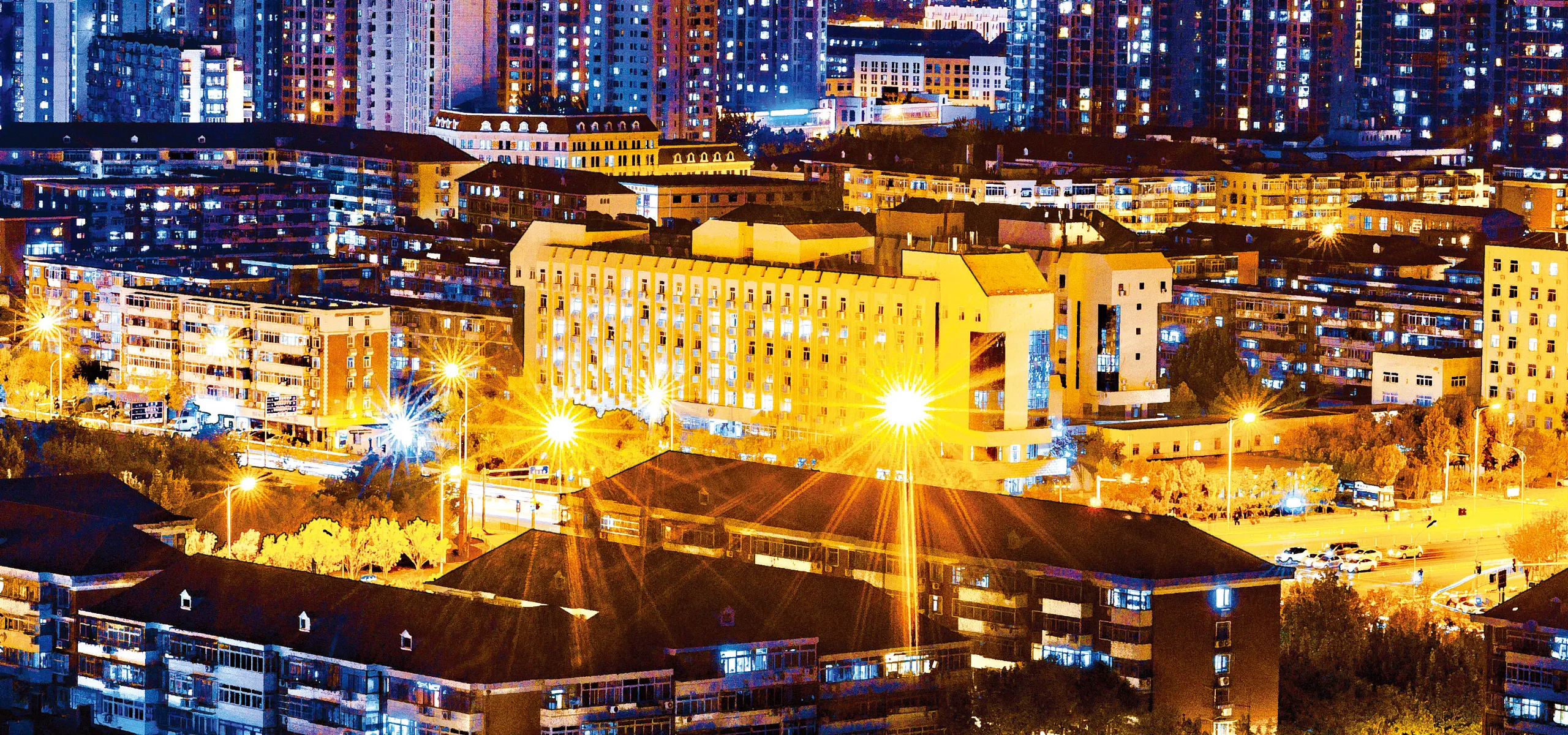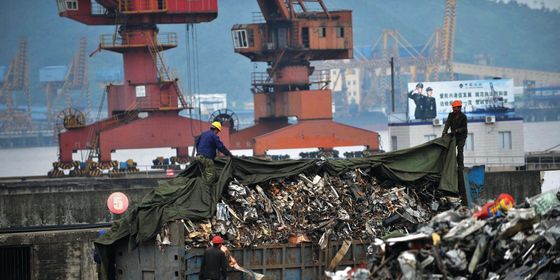China is increasingly trying to tackle light pollution, a side effect of urbanization with severe consequences for human health and the ecosystem
When a record-breaking heatwave hit the majority of China this past summer, Shanghai finally decided to shut off the lights. The usually glowing metropolis hit the off switch on decorative lights, LED billboards, and light shows along its famous Bund waterfront area on August 22 and 23, to save electricity in the face of hydropower shortages and overloaded grids across the country.
“Currently in Shanghai, the [night] sky in the [city’s central] Xuhui district is 25 times brighter than in Nanhuizui Guanhai Park [in the suburbs],” says Liu Chengze, assistant professor of astronomy at Shanghai Jiaotong University. Back in 2020, Liu and his students found that the brightness of Shanghai’s sky, as measured at the Sheshan branch of the Shanghai Astronomical Observatory (SHAO), had increased 100 times in the past 20 years. This so severely influenced the operations of SHAO’s 1.5-meter optical telescope, once the biggest telescope in East Asia, that it was taken out of operation in 2015, with plans to move it further away from the downtown area in order to better observe the night sky.
But it’s not just an inconvenience to astronomers: Light pollution is tied to major impacts on wildlife, energy waste, and human health risks, in particular circadian rhythms and melatonin production.
Like water or air pollution, light pollution, another side effect of industrialization, has become one of China’s greatest environmental challenges. Light pollution is universally defined as inappropriate or excessive artificial lighting, which come from sources such as exterior and interior lighting in buildings, advertisements, offices, factories, streetlights, and illuminated sporting venues, according to the NGO International Dark Sky Association. In China, there are three common categories of light pollution: white light pollution caused by the reflection on building surfaces in the daytime; skyglow caused by electrical illumination at night; and color light pollution caused by colored light sources.
It’s not just big eastern coastal cities like Shanghai causing problems. China in general has seen an increase in light-polluted regions in the past two decades due to rapid urbanization. According to a 2016 paper in the American Association for the Advancement of Science’s Science Advances journal, about 65 percent of Chinese people experience light-polluted nights and 33 percent cannot see the Milky Way. Although worldwide, Europe and North America are more proportionately affected, with more than 99 percent of their populations living under light-polluted skies, China has the largest total number of people experiencing light pollution.
Lights Off: China Finally Takes Action on Light Pollution is a story from our issue, “Promised Land.” To read the entire issue, become a subscriber and receive the full magazine.













